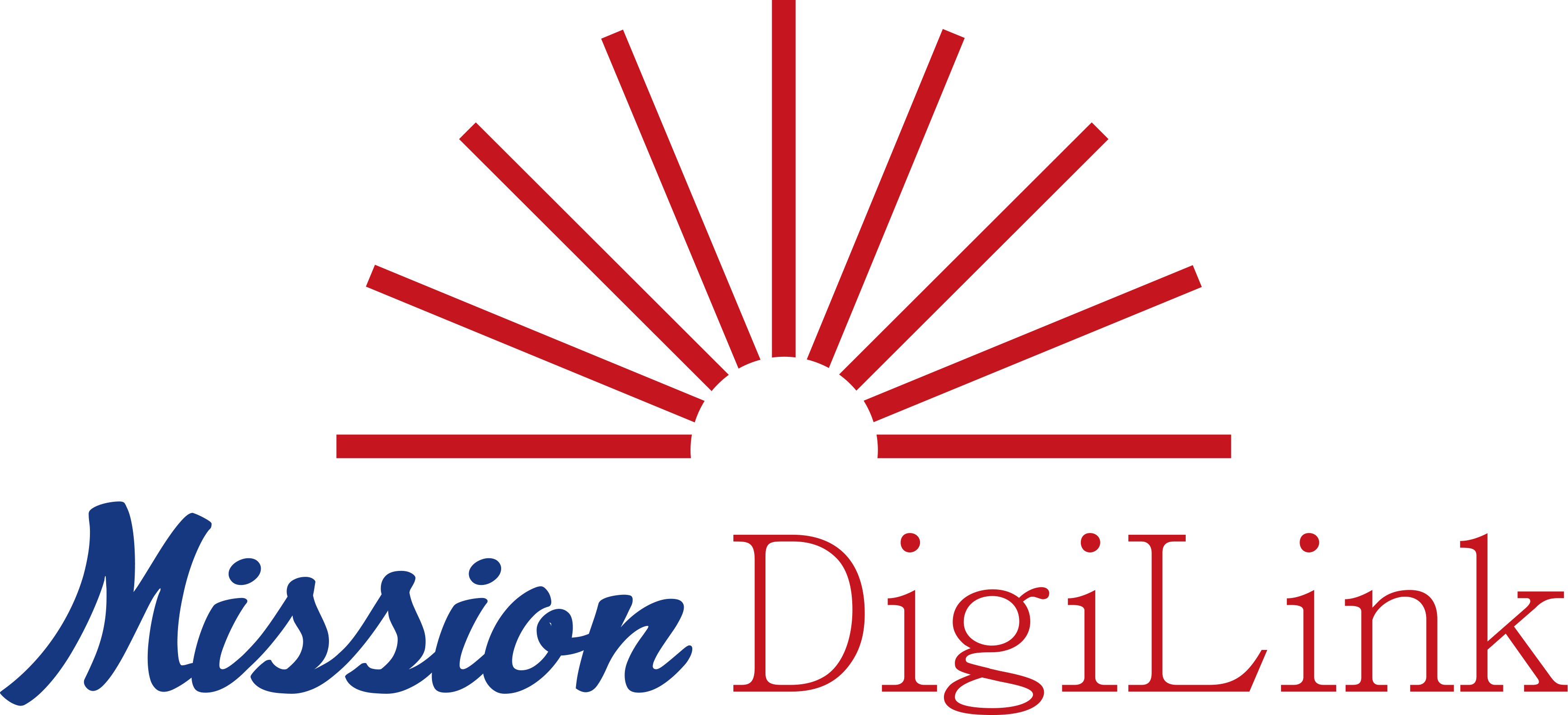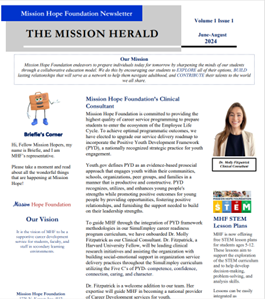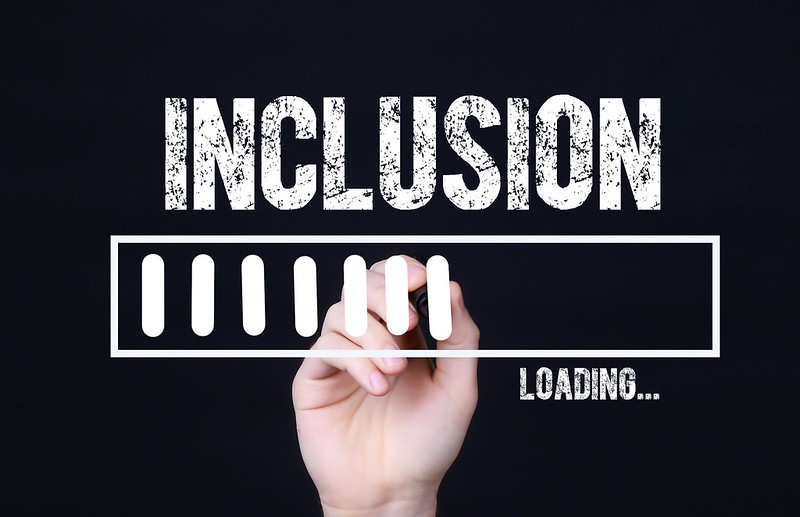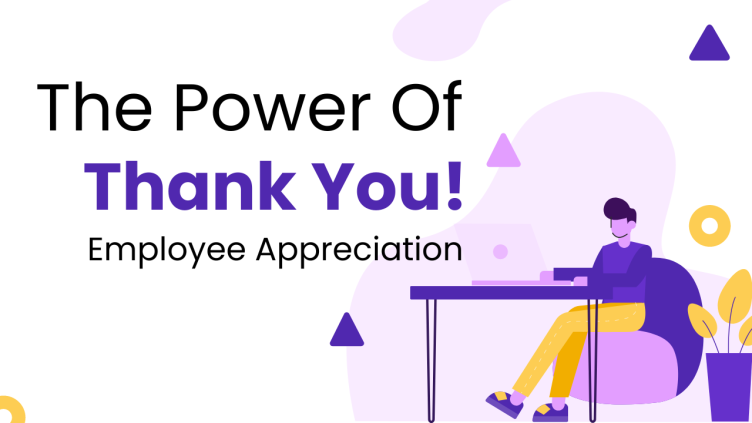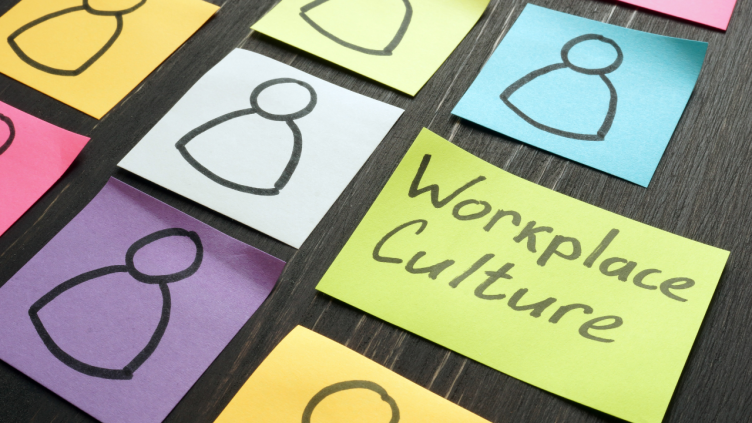
Simulation Learning: A Social-Emotional Support That Creates Response Banks
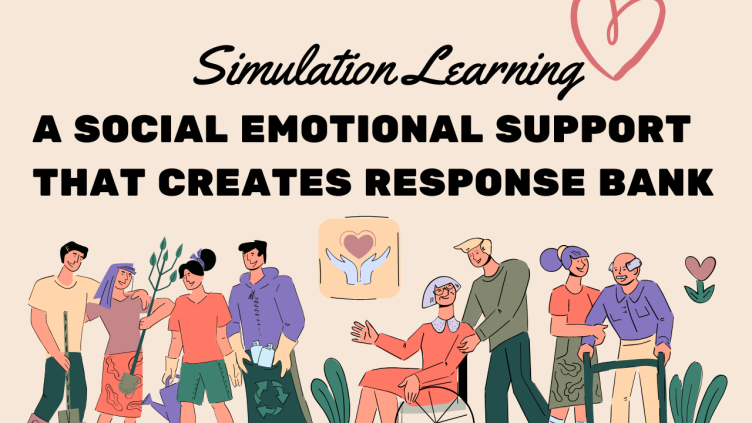
Written by Sherreccia Jackson
It's no secret that the job market is tough. With more and more jobs requiring specialized skills, it can be challenging for students to stand out from the crowd.
One way to give yourself an edge is to learn how to respond positively in difficult situations. Simulation learning is a great way to do this. In a controlled environment, students can learn how to do well in interviews, write resumes, go through performance evaluations, and solve problems.
This helps students build a response bank so they can respond positively when adverse situations arise. Simulation learning teaches students how to take feedback and use it to better perform on the job.
What is Simulation Learning, and Why is it Important?
Simulation learning is a teaching method that uses real-world scenarios to prepare students for the challenges they may face in their future careers. By being exposed to potential problems and challenges in a safe and controlled environment, students can learn how to respond positively and effectively.
This is especially important in today's job market, where employers are increasingly looking for candidates who can think on their feet and handle difficult situations.
There are many benefits to simulation learning. In addition to preparing students for the real world, it also allows them to practice their problem-solving skills and learn how to take feedback.
It is also a great way for students to build confidence in their abilities.
Simulation learning can be used in a variety of settings, including:
- Classrooms
- Workshops
- Online courses
There are many different types of simulations, so you are sure to find one that suits your needs.
If you are looking for a way to prepare your students for the challenges they may face in their future careers, simulation learning is a great option.
Examples of Simulation Learning
One example of simulation learning is interview simulations. This involves preparing students for a job interview by bringing them through a mock interview. This allows students to practice their interviewing skills and learn how to answer difficult questions.
Another example is resume writing simulations. In this type of simulation, students are given a task to write a resume. They then receive feedback on their work. This helps them learn how to write a strong resume that will catch the attention of employers.
There are many other types of simulations that can be used to prepare students for the real world.
Some other examples include mock performance evaluations, problem-solving simulations, and online courses.
Skills Students Can Learn Through Simulation Learning
Some of the skills that students can learn through simulation learning include:
- Communicating effectively with others
- Managing and resolving conflict
- Navigating difficult conversations
- Building relationships with others
- Understanding and empathizing with others' perspectives
- Listening to, interpreting, and utilizing feedback
- Delivering an impactful interview
These are just a few examples, but the list could go on.
Final Thoughts
Simulation learning is an important tool for educators to help students develop social-emotional skills. Through simulation learning, students have the opportunity to respond in a variety of situations and learn from their mistakes. This type of learning can help students feel more comfortable in social settings and be better equipped to handle difficult emotions.
